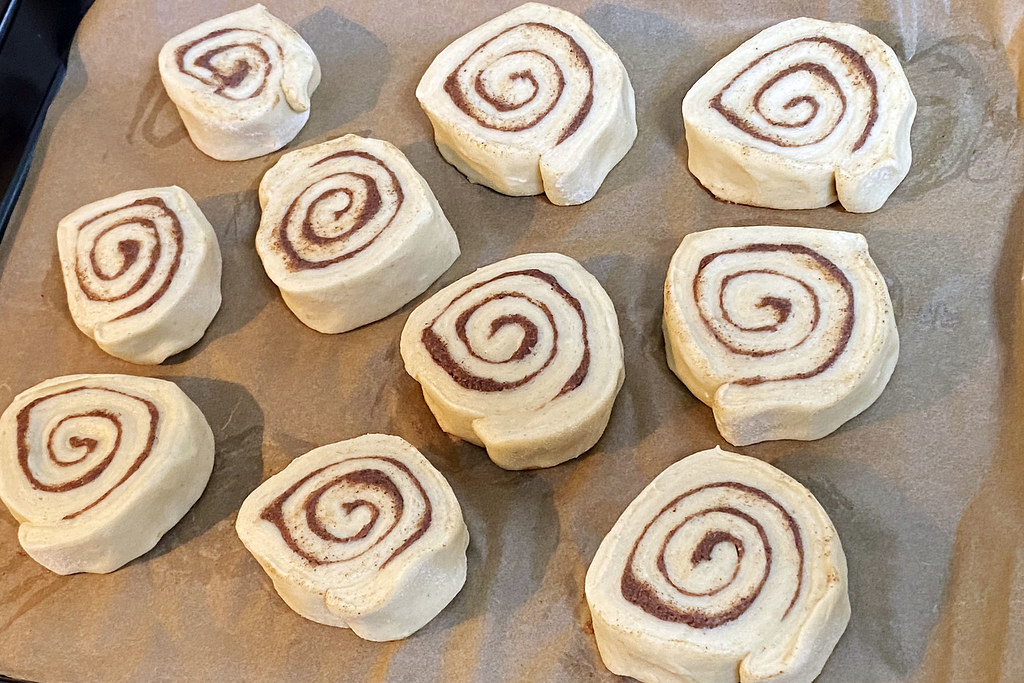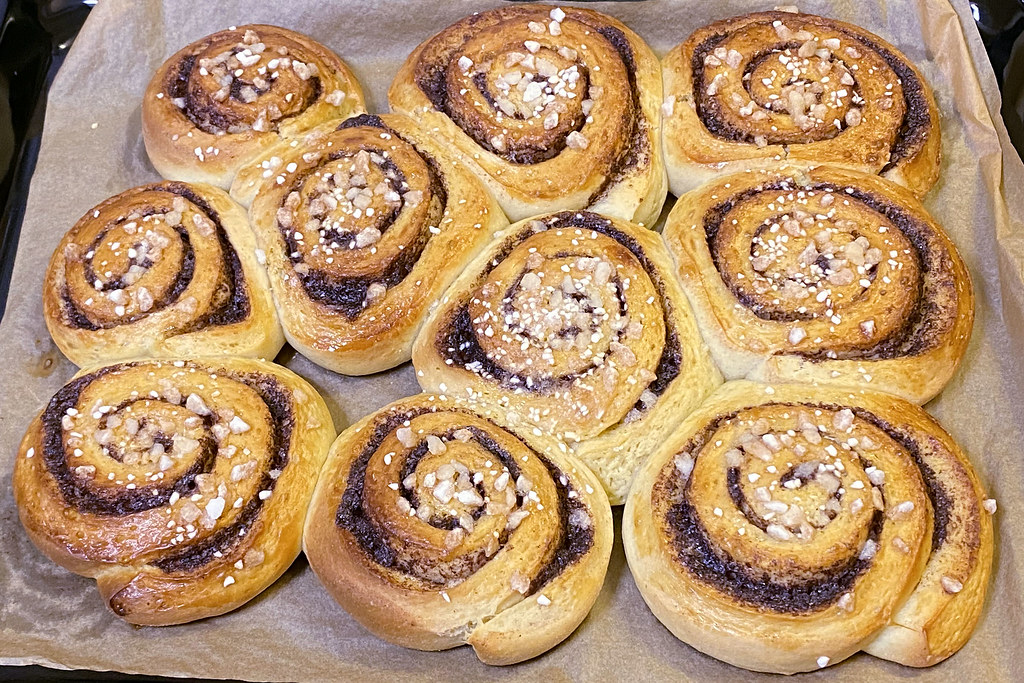This morning I had my next visit to Loreto Kirribilli for mentoring with my four students there. They’re learning about waves at the moment in their science class, and the teacher suggested I talk about something related to light.
I started by asking them if they had any questions and one girl asked about sonic booms. I explained that by drawing diagrams to show how an object moving faster than sound creates a shock wave. Along the way I also mentioned the Doppler effect, since it’s closely related.
Then having started with sound waves I moved on to talk about interference, explaining destructive and constructive interference. I talked about how interference is used in noise-cancelling headphones and how they work. Then I went into an explanation of the double slit interference pattern, framing it first in terms of sound waves, building on the example of the headphones to explain the pattern of loud and soft areas.
All right, now we were ready to talk about light—also a wave. And if we take a single-wavelength light source like a laser and shine it on double slits, we get the same interference pattern as bright and dark spots of light. And if you change the wavelength, you change the spread of the pattern. So far, so good.
Then I switched tracks and started talking about electrons, which we had discussed at length last time. I explained how you can create a beam of electrons, by ionising something and accelerating them in an electric field. One girl asked if this was related to cathode rays, so we took a bit of a diversion into that and why they were called cathode rays historically. And how old cathode-ray TVs and displays worked.
Then I asked a question: What if we fire this beam of electrons at a double slit?
I could virtually see the wheels turning in the girls’ heads as they pondered why I was asking this question, and what the answer could possibly be. I didn’t keep them in suspense too long. I said you’d see an interference pattern, exactly as if it was a beam of light. This is what’s actually observed if you do the experiment. I explained that electrons are not “particles” in the way we think of macroscopic particles like marbles or grains of sand. They don’t behave in the same way as macroscopic particles. They behave like waves. I tied this back to last time’s discussion of electron orbitals in atoms, and explained that this wave behaviour is what’s behind the strange shapes of the orbitals, as the electrons are essentially interfering with one another.
I also mentioned that if you change the speed of the electrons (by changing the voltage of the electric field in the beam generator), then you change the spread of the interference pattern—exactly as if you were changing the “wavelength” of the electrons.
At this point the teacher reappeared. I asked him how much longer we had, and he said about three minutes. I said, “Great. That’s enough time. I’m just about to blow their minds.”
Okay, I said, so we get this interference pattern when we fire a whole bunch of electrons at a double slit. What if we slow it down? What if we fire one electron at a time; say one per day? Today we fire one electron. Where will it land?
Again, it was obvious the gears were turning in their heads. I said, “Well, it might end up here, right in the middle.” And I drew a dot. “Tomorrow, we fire another electron. Where’s that going to land? Maybe not the same place. It might end up here.” And a I drew a dot off to one side. “And the next day?” I kept adding more dots, one at a time, faster and faster, talking through that each electron was being fired once per day, so they couldn’t possibly be interfering with each other, but that over time as the dots accumulate you see exactly the same interference pattern emerging.
A single electron passing through double slits will have a chance of landing in different positions depending on the interference of its wave nature. We have no way of predicting where any individual electron will land, but we know it will have this shape built up over many electrons. Which slit does a single electron “go through”? We don’t really know. It acts like it goes through both at once. Matter at small scales like electrons and atoms doesn’t behave at all like macroscopic objects. It exhibits this mixed wave/particle nature that seems odd to us.
I looked from the whiteboard I was drawing on to the girls and they were all staring at me wide-eyed, absolutely rapt.
And the bell went off, and it was the end of our time together for the day. It was really cool. This was our last lesson for this term. They have a mid-year break, and then in the new term after the break the teacher needs to organise plans for the rest of the year. So it’ll be a few weeks before I see them again. But definitely looking forward to it!
After the lesson I took Scully to Maggio’s bakery for a slice of pizza, and I picked up another one of their award winning apple pies, to take home for dessert tonight. Back home, I packed a bunch of cards for sending to eBay buyers:

Then I had to drag them all up to the post office for mailing. It was quite a task carrying all of them and handling Scully at the same time, even though I drove most of the way there.
Back at home I did another section of the Lego D&D set. First, photos of stage 16 which I did yesterday. Skeletons!


And the roof frame is completed, awaiting the next storey to be placed on top. And today’s stage 17 was just this cool displacer beast:


Which fits into the room like this:

This evening I restarted my critical thinking/ethics classes, with the new topic on “The Countryside”. One notable response I got was to the question “How important is it for children from the city to experience the countryside?” I expected answers like it’s good to see farms where your food comes from, or to see wildlife. But one student said that it was a good idea because there’s no Internet connectivity there and kids can spend time off their devices!
Oh, and one kid was joining from a new country: Lebanon. He’s normally in Dubai, but is travelling, and took the time to still connect to my class. But someone joining from Lebanon brings my country list up to 53.
New content today:










